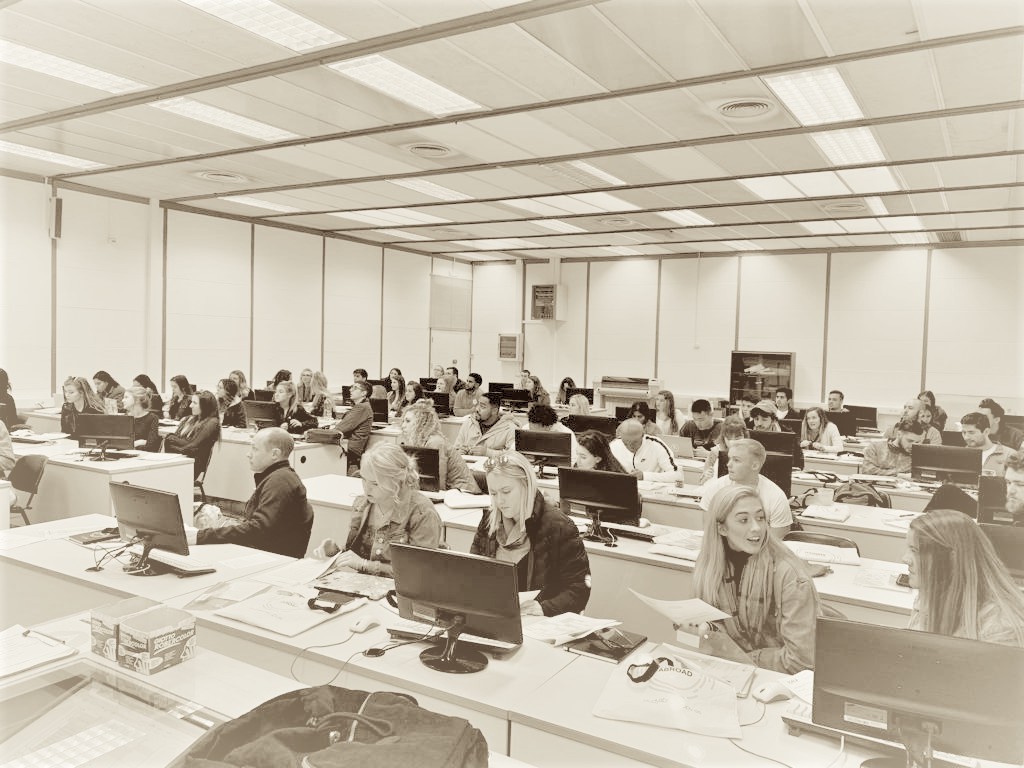
|
|

• Attendance
• Assessments
• Sexual Harassment Policy
• Students With Disabilities
• Academic Honesty Policy
• University Ombudsman
• Statement On Audio And Video Recording
• Syllabus Change Policy
Systems Engineering Concepts
3 Credits | 200 Level | 38 Contact hours
• How to do system analysis. (Gibson, Scherer, Gibson, Smith) Wiley 2016
This course aims to address the role and the core activities of Consultants when they have to
face complex, ill-defined, non-immediate problems.
In order to be able to face that type of real situations, consultants must adopt strategic and
systemic thinking in the resolution process. Therefore, during the course, through working on
case studies from real-world systems engineering practice and a team-based course project,
students will learn how to apply a strategic resolution process (frame the problem, diagnose it, identify and select potential solutions, and implement and monitor the solution).
In addition, the students will learn techniques and methodologies to create and select
alternatives with highly analytical approaches. Moreover, students will discover how to lead a
consulting project considering the stakeholders (customer, suppliers, own team), how to
manage its associated risks and to wrap-up a project.
1. Introduction to the different focus of consulting activities
2. Methodologies and tools for current situation analysis
3. Goal development & indexes of performance
4. Development & evaluation of alternative candidate solutions
5. Consulting project management
The learning outcomes that students are expected to achieve in this course include:
1. Explain and effectively apply systemic (holistic) thinking within a systematic approach to open-ended problems (Formulate a problem and develop a clear statement of needs , Identify solutions to a problema, Evaluate and select solutions to a problem, Explain and apply iteration as needed both within steps and through an entire process )
2. Articulate their personal view of systems engineering methodology based on their experiences with applying systemic thinking within a systematic approach in a variety of contexts
3. Explain and apply basic systems modeling and analytical tools, including introductions to decision tres, decision making with multiple objectives and group/team decision making
4. Communicate effectively with clients/stakeholders, to interact with stakeholders to formulate a problem, to create and deliver effective “client” presentations and to write effective technical documents for clients
5. Work collaboratively on complex systems problems involving technology and multiple stakeholders
Team case study deliveries and presentation 15%
Individual case study deliveries 15%
Class participation 10%
Exams 60%
|
